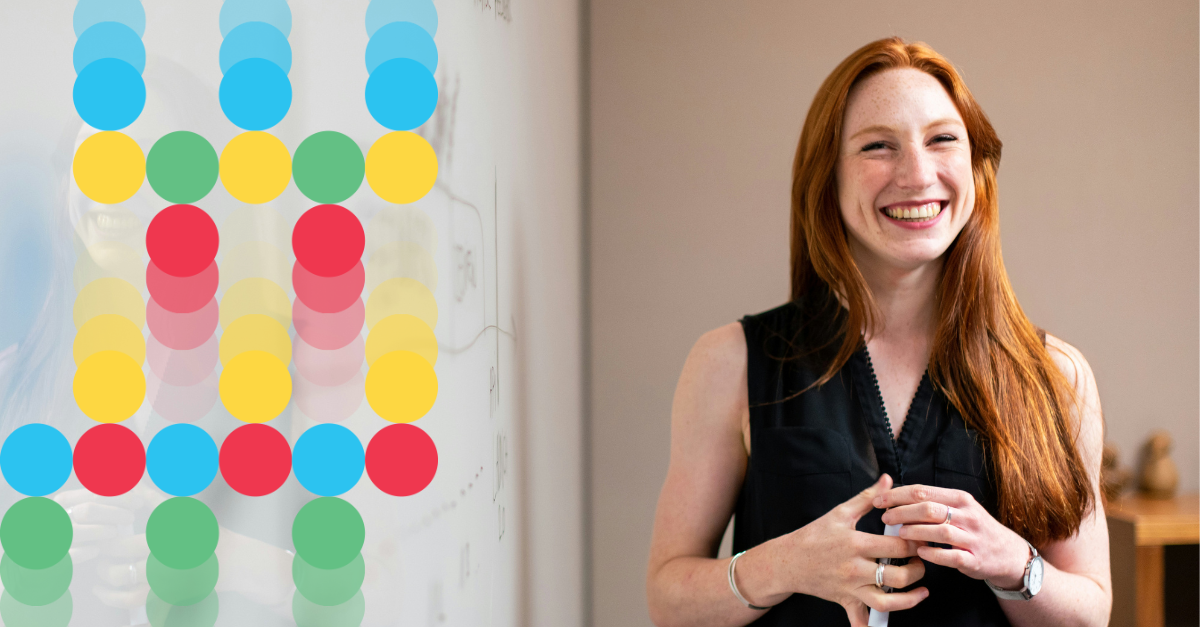Everybody’s talking about creativity in business. From global leadership studies to the popular press to CEO speeches, the value of creativity and innovation continues to get plenty of attention on the management agenda.
And for good reason. The world is changing spectacularly fast. Volatility and uncertainty aren’t going anywhere. Each day can feel like you’re venturing into uncharted territory, a place where there are no existing playbooks and no tried-and-true-formulas to go by. To stay ahead and stay relevant, leaders have to stay on their toes. They need creativity, novel thinking and inventive ideas.
So they set “creativity missions.” They talk about how they want people to be more innovative. They share stories and inspiring TED Talks about the secrets of creative startup cultures.
But all this talk and attention aren’t enough. If it were, fewer companies would be struggling.
So what’s getting in the way?
For one, creativity can only thrive in a climate that supports the creative process. This means that leaders have to encourage and cultivate diversity of thought, tolerate ambiguity, and be flexible in terms of schedule, outcomes and personal behaviors. Depending on the organization and the leader, that can require a dramatic shift in perspective—and a very uncomfortable one at that.
If you want to establish a climate that will support the creative process, our research reveals some key insights to keep in mind. First, because the brain is the source of creativity, you can’t unleash the creative potential in the organization without understanding what you’re actually asking people to do in terms of their thinking. Just as essential, you need to recognize that while everyone in your organization can access creative thinking, each person will approach it in their own unique way.
And here’s something else to consider: If you want creativity to drive business results (which presumably is the whole point), the creative process must follow a deliberate path that taps into the diversity of thought available at specific phases of the process. The reason for this is that each of the different thinking preferences contributes to and plays a vital role in the creative process, but they each do so in different ways.
It all adds up to some significant environmental implications. In essence, the seeds of creativity won’t flourish if the conditions aren’t right.
Creating the Climate for Creativity
To create an optimum climate for creativity, especially if diverse teams are involved, you need to take the following into account:
- Creativity needs to be free of precise scheduling. This requires a culture of trust and flexibility.
- Creativity is an inefficient process from a productivity standpoint. It may feel “messy.” This is normal. The more you structure it, the faster you shut it down.
- Creative results can’t be guaranteed on demand. Build this into your planning.
- Mistakes will be made. Create a safe environment that focuses on learning from—instead of punishing for—mistakes.
- Personal relationships may be stressed by “creative contention.” Prepare those involved by helping them understand the importance of thinking diversity in the creative process.
Long story short? The creative process is fundamentally messy. And this can be challenging to manage, especially when managers are being measured on running a “tight ship” and keeping tabs on structure, controls and a predictable flow of deliverables. If you’re leading people who are expected to be creative, though, you need to be sensitive to the conditions under which the creative process is going to be the most productive.
The best way to lead and manage to get more creative ideas is to be clear about the objectives and deadlines from the start and then manage with some distance. Placing too many rules and conditions will inhibit the natural flow that creativity depends on. It may seem inefficient to incubate ideas or potential solutions, but it actually takes less work and time when you create a safe environment.
Sign up to our newsletter for the latest insights
It might require a mind shift, and it might feel a little uncomfortable in the moment. But just think about this: The roots of potentially groundbreaking new ideas likely already exist within your organization. They’re just waiting to be unearthed.
Cultivate a climate for creativity by embracing and encouraging diversity of thought. Get the on-demand webinar to learn how.













